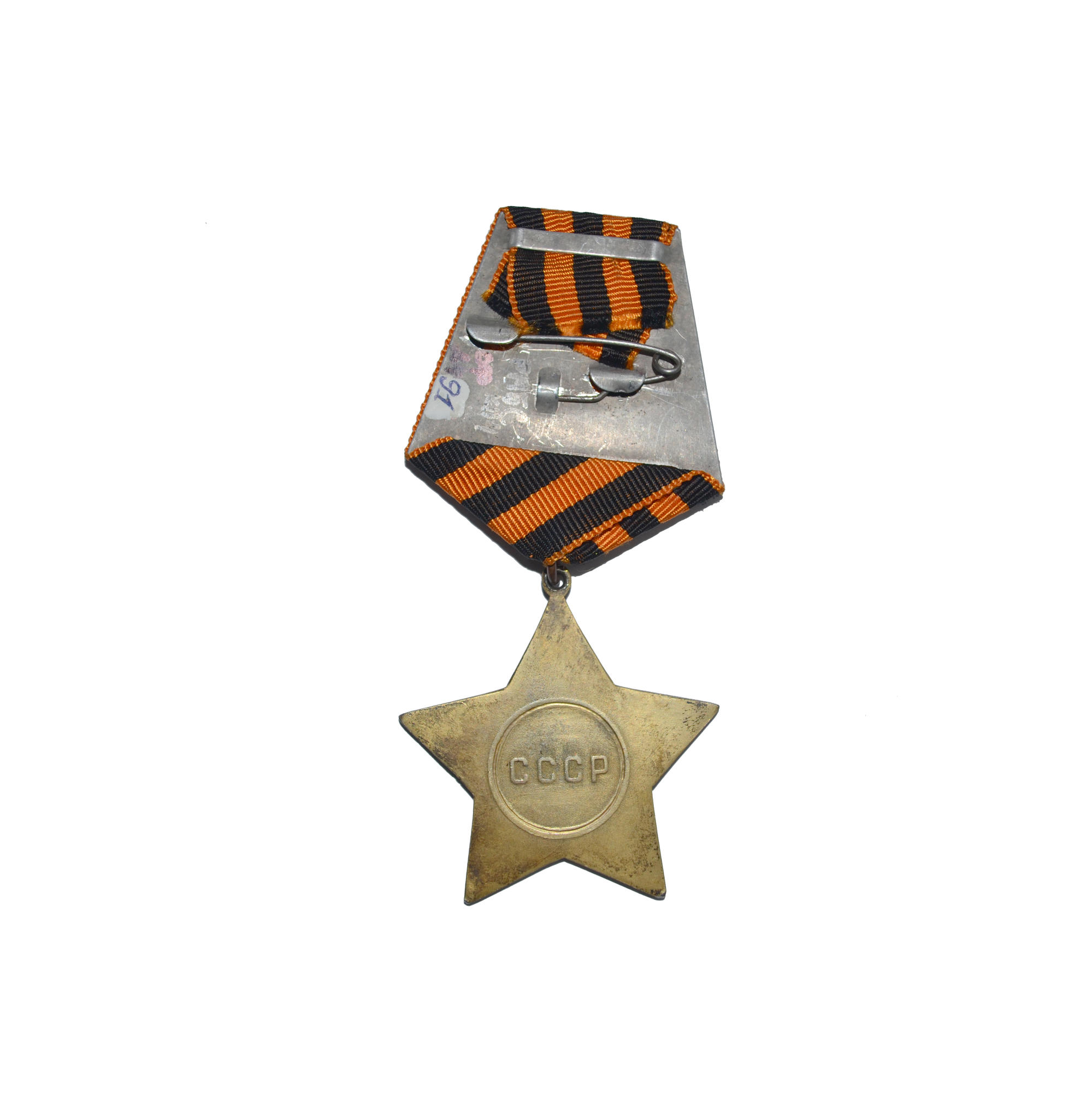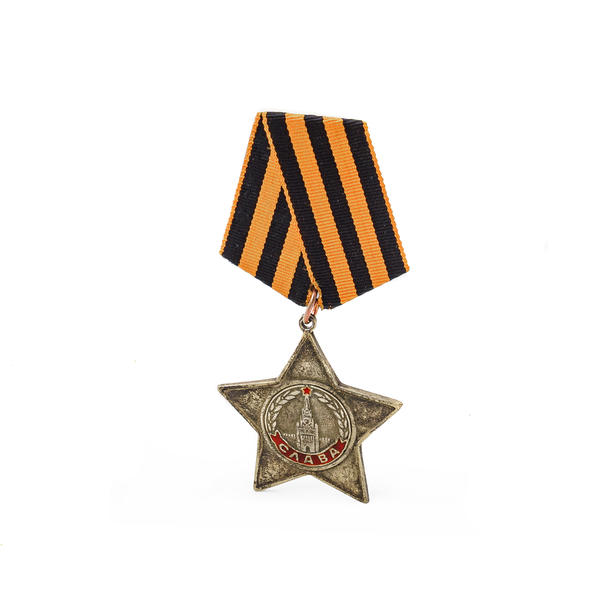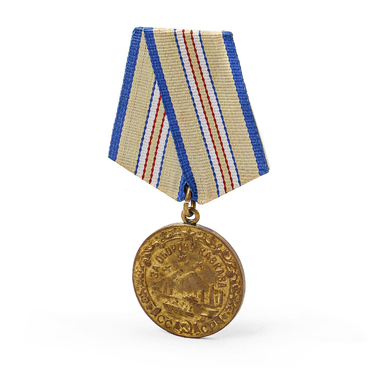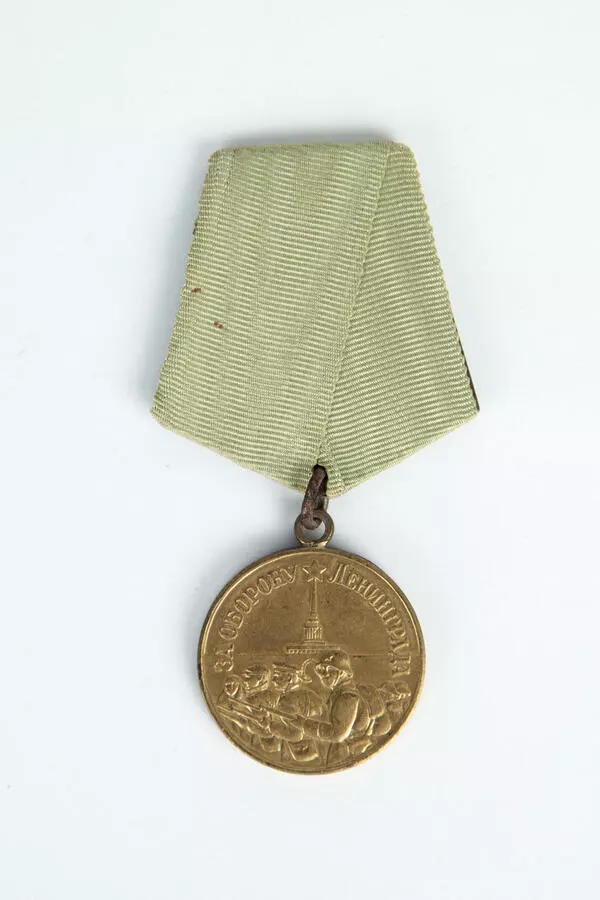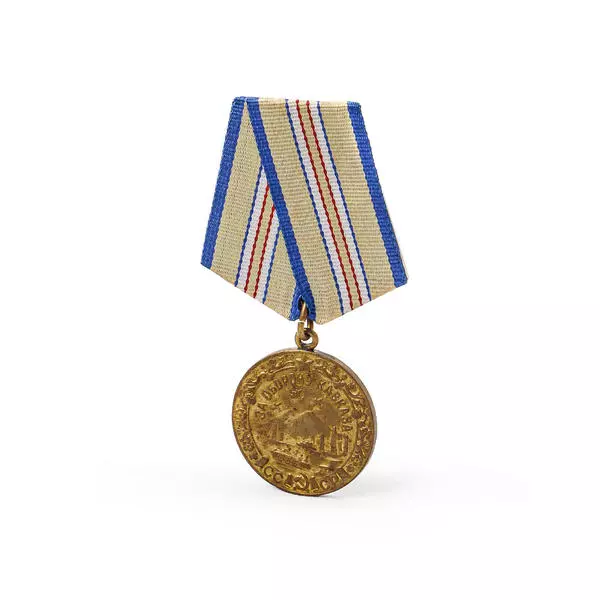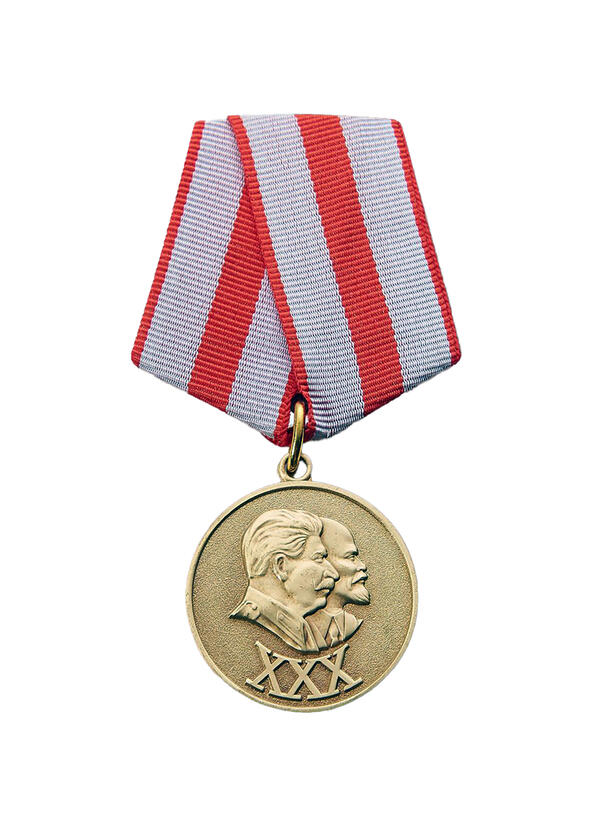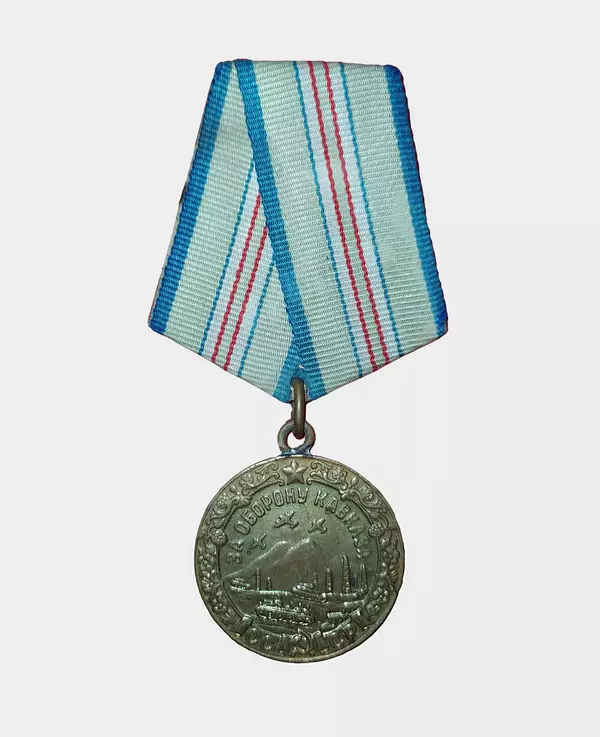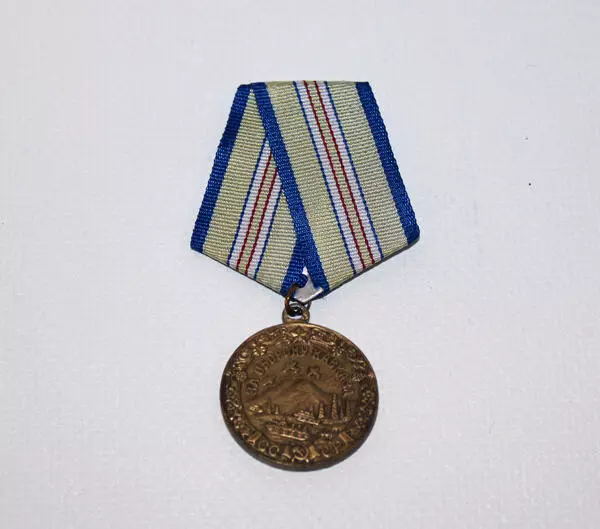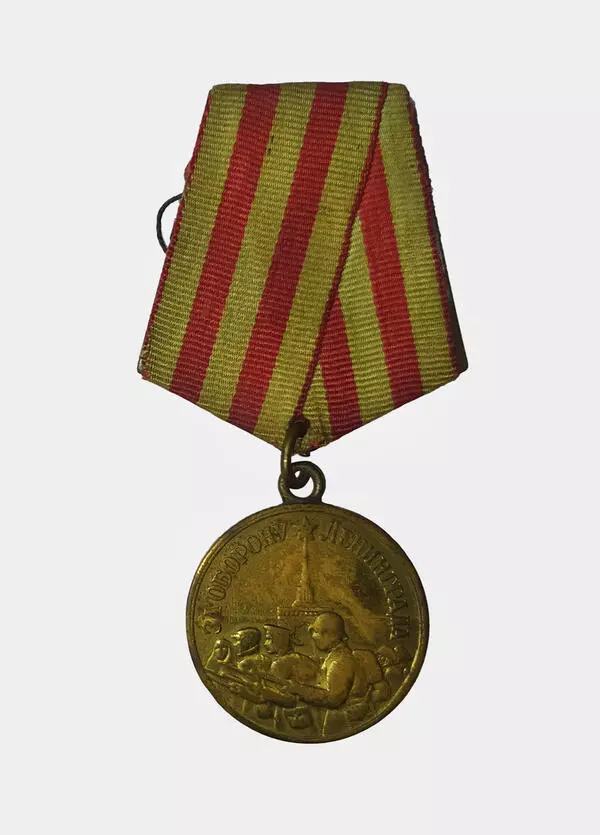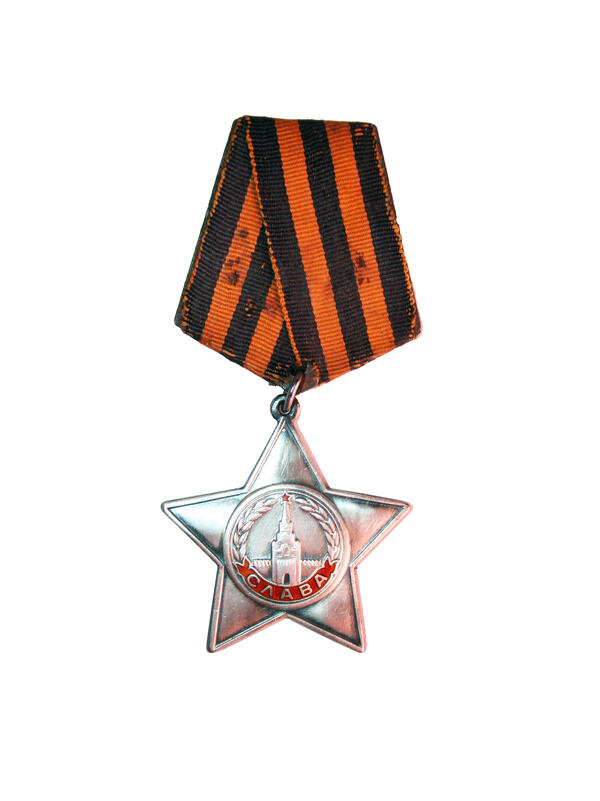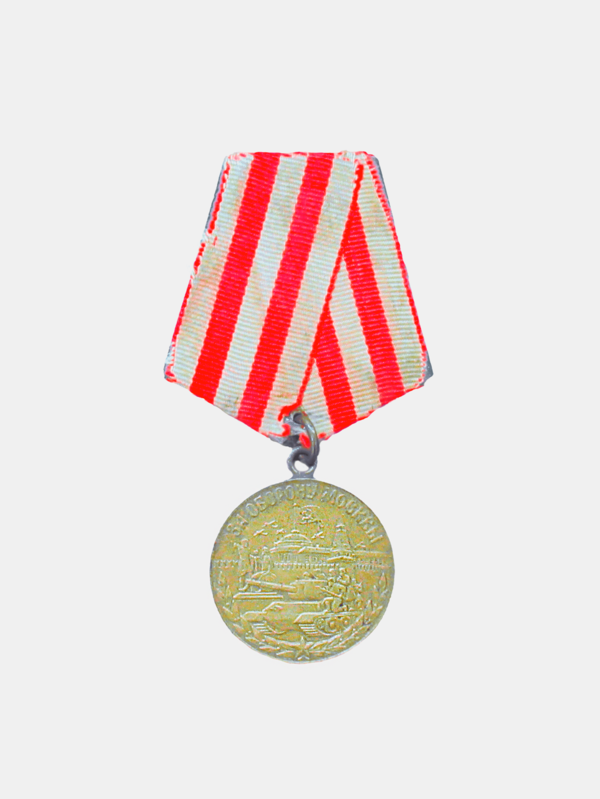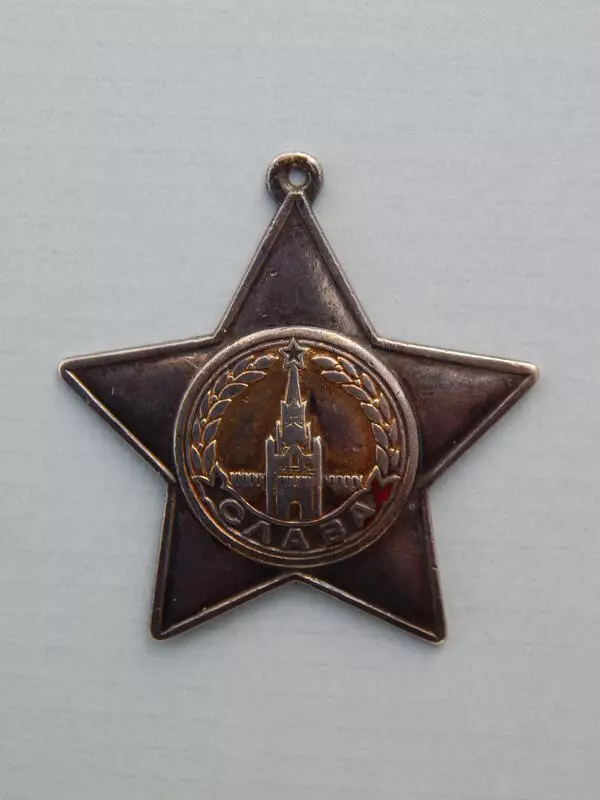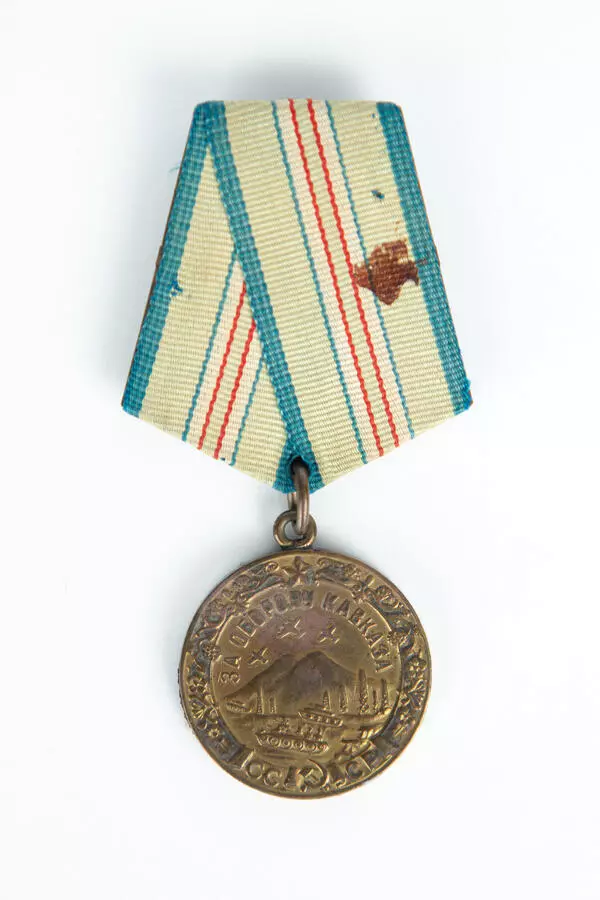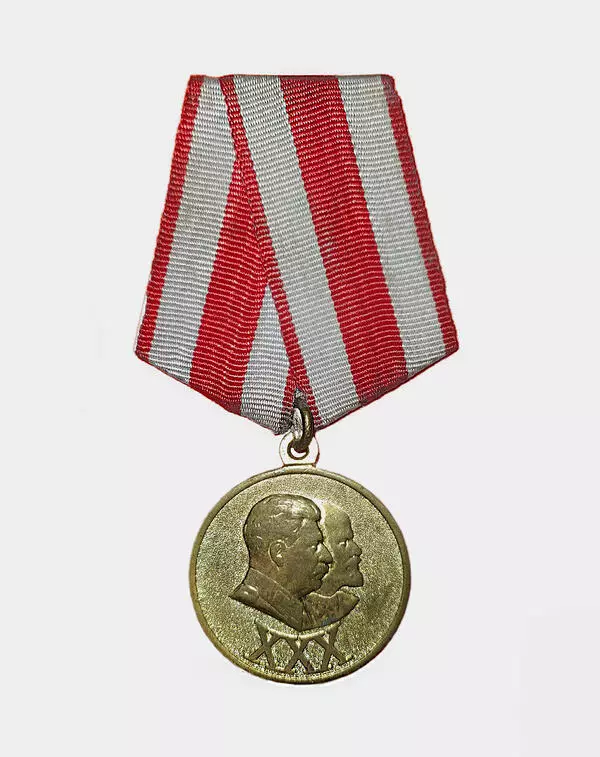Of all the awards established during the war, the Order of Glory was final among the so-called ‘land’ decorations. Subsequently, only ‘naval’ awards were established — the orders named after Russian naval commanders P.S. Nakhimov and F.F. Ushakov.
Stalin personally commissioned the development of the concept and design of the order. Of the 4 sketches presented, the leader’s choice fell on the work by Nikolai Ivanovich Moskalev, a famous medalist and the author of many awards. On November 8, 1943, after all the modifications and approval of the project, the Order of Glory was established by the Decree of the Presidium of the Supreme Council of the same date.
This is a special decoration in the award concept of the USSR. The fact is that, in terms of its ideological content, the colors of the award ribbon duplicate a similar element of the Order of St. George of the Russian Empire, which was more than surprising in the era of Stalin.
The order is divided into three classes and is awarded strictly in order: first 3rd, then 2nd and only then 1st class. The color and graphic design of the mount of the Order of Glory is the same, regardless of class. And this is another feature of the badge not typical of other Soviet awards.
The statute of this high state decoration implied the awarding of junior military personnel of the Soviet army for personal combat merits. It’s about junior Air Force lieutenants and soldiers of various branches of the armed forces, as well as sergeants. Warriors who showed courage, bravery and valor, accomplished a feat, saved the property, people, were awarded the Order of Glory, and more than once. However, the awarding of military formations, units, collectives and organizations was not envisaged.
The military personnel presented to the Orders of Glory of various classes automatically received the right to promotion. The right to award the Order of Glory 1st class was exclusively reserved for the Presidium of the Supreme Council; 2nd class — for the commander of the army or commander of the flotilla; 3rd class – for brigade commanders and higher-ranking officers. However, since 1947 the all the Orders of all classes were awarded by the Supreme Council of the USSR.
Corporal M.T. Pitenin who served as a sapper and Senior Sergeant K.K. Shevchenko were the first full cavaliers of the Order of Glory 1st class. The awarding is dated July 22, 1944. M.T. Pitenin was awarded posthumously.
The award documents for conferring the Order of Glory 1st class included 1,500 names by 1945 and already 2,620 by 1989.
The award has the shape of a five-pointed star. A one-piece-cast is suspended from a standard pentagonal mount covered with a striped ribbon. There are no mint marks on the order’s surface. The serial number is stamped with punches on the reverse.
Unlike the other two classes made of silver, the class is cast of 95% gold and weighs about 30.4 g. Gold content in the order is about 28.6 g.
Stalin personally commissioned the development of the concept and design of the order. Of the 4 sketches presented, the leader’s choice fell on the work by Nikolai Ivanovich Moskalev, a famous medalist and the author of many awards. On November 8, 1943, after all the modifications and approval of the project, the Order of Glory was established by the Decree of the Presidium of the Supreme Council of the same date.
This is a special decoration in the award concept of the USSR. The fact is that, in terms of its ideological content, the colors of the award ribbon duplicate a similar element of the Order of St. George of the Russian Empire, which was more than surprising in the era of Stalin.
The order is divided into three classes and is awarded strictly in order: first 3rd, then 2nd and only then 1st class. The color and graphic design of the mount of the Order of Glory is the same, regardless of class. And this is another feature of the badge not typical of other Soviet awards.
The statute of this high state decoration implied the awarding of junior military personnel of the Soviet army for personal combat merits. It’s about junior Air Force lieutenants and soldiers of various branches of the armed forces, as well as sergeants. Warriors who showed courage, bravery and valor, accomplished a feat, saved the property, people, were awarded the Order of Glory, and more than once. However, the awarding of military formations, units, collectives and organizations was not envisaged.
The military personnel presented to the Orders of Glory of various classes automatically received the right to promotion. The right to award the Order of Glory 1st class was exclusively reserved for the Presidium of the Supreme Council; 2nd class — for the commander of the army or commander of the flotilla; 3rd class – for brigade commanders and higher-ranking officers. However, since 1947 the all the Orders of all classes were awarded by the Supreme Council of the USSR.
Corporal M.T. Pitenin who served as a sapper and Senior Sergeant K.K. Shevchenko were the first full cavaliers of the Order of Glory 1st class. The awarding is dated July 22, 1944. M.T. Pitenin was awarded posthumously.
The award documents for conferring the Order of Glory 1st class included 1,500 names by 1945 and already 2,620 by 1989.
The award has the shape of a five-pointed star. A one-piece-cast is suspended from a standard pentagonal mount covered with a striped ribbon. There are no mint marks on the order’s surface. The serial number is stamped with punches on the reverse.
Unlike the other two classes made of silver, the class is cast of 95% gold and weighs about 30.4 g. Gold content in the order is about 28.6 g.

